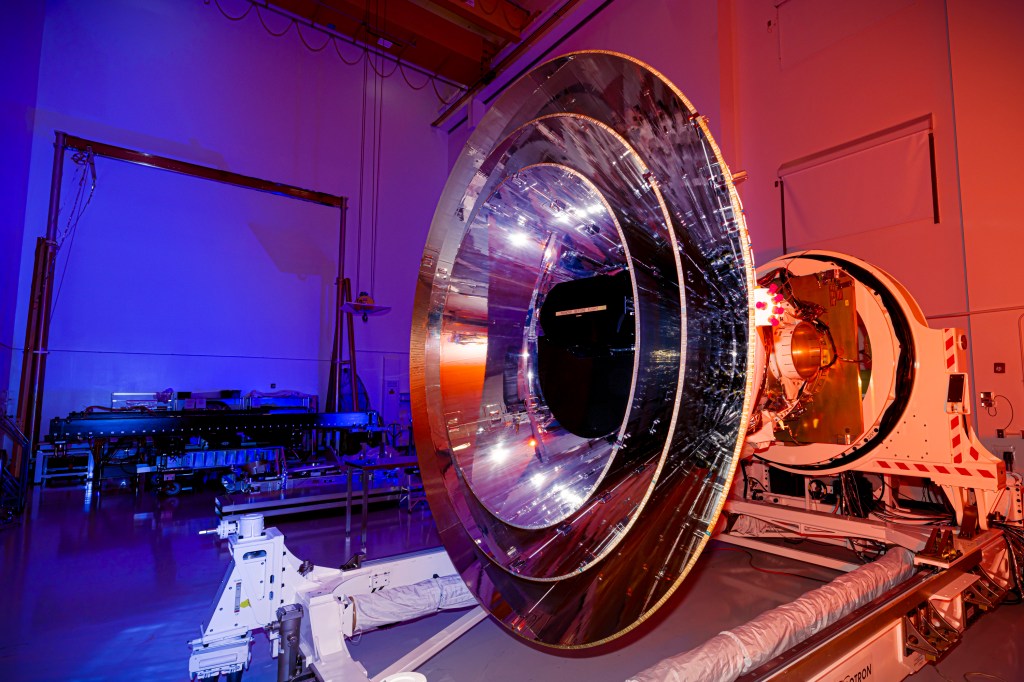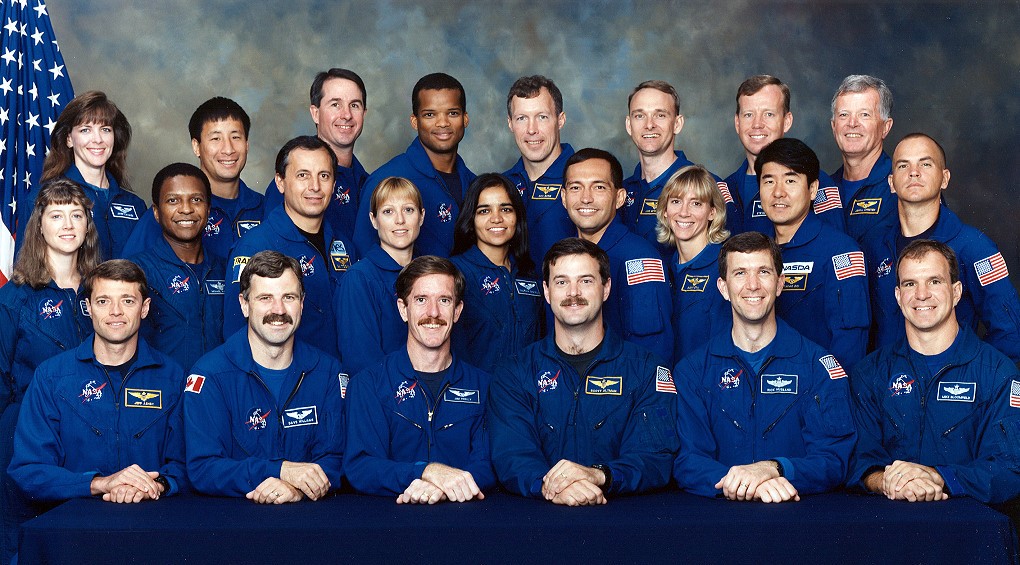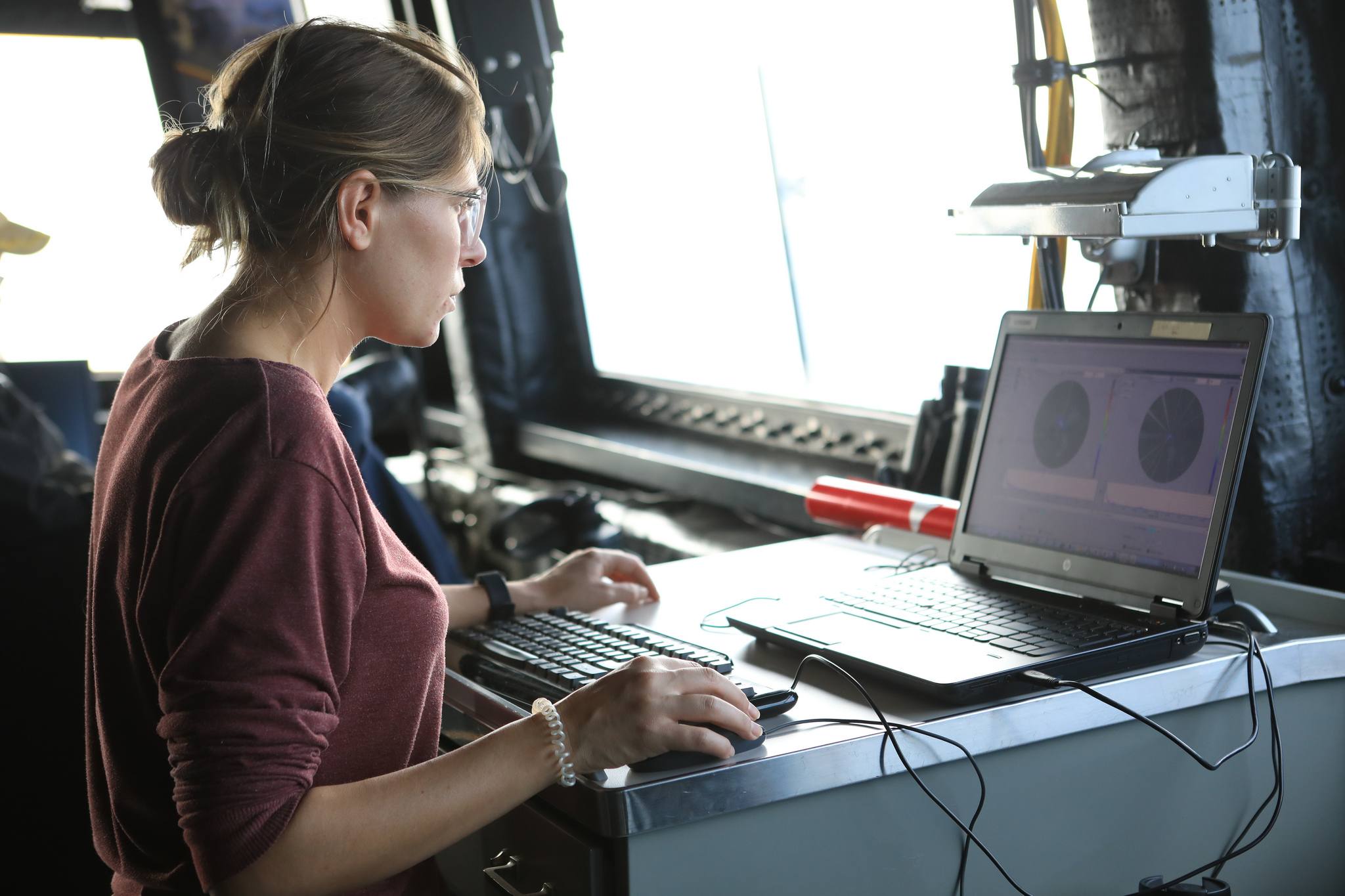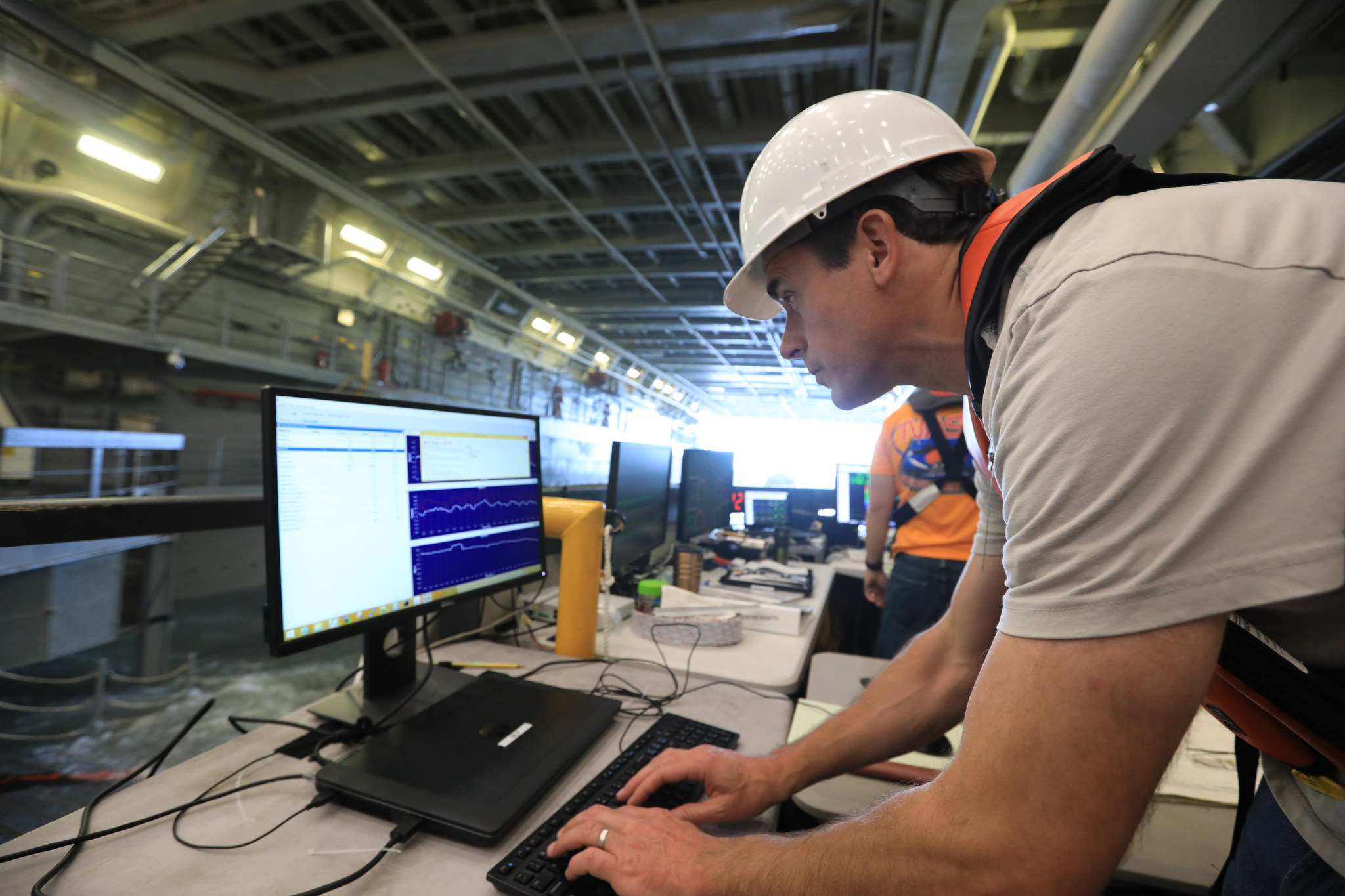By Amanda Griffin
NASA’s John F. Kennedy Space Center
When NASA astronauts aboard the Orion crew capsule splash down in the Pacific Ocean after a trip beyond the Moon, their journey isn’t over just yet. As the capsule bobs up and down in the ocean waves, the astronauts will experience gravity for the first time in weeks after their 25,000-mile-per-hour journey in space while they await the recovery team.
To ensure the astronauts have the smoothest ride possible from the splashdown site to the recovery ship, NASA’s Landing and Recovery Team has enlisted the help of a small consulting firm named General Dynamics Applied Physical Sciences (APS). The company studies marine hydrodynamics, or the movement of water in the ocean, and is charged with helping NASA and the U.S. Navy chart the best course to minimize wave impact to the capsule – and the crew.
According to APS scientist Bill Milewski, the company started developing a system to measure and forecast waves back in 2012 for the U.S. Navy’s Office of Naval Research. Back then, the Navy was looking for a system that did just that and account for corresponding motions between two ships sailing side by side. Using this data, sailors could safely use a ramp to drive vehicles between the two vessels to transfer materials from one ship to the other.
Fast forward a few years. NASA started looking for someone who could do wave analysis to help with operations to recover Orion, which will weigh about 22,000 pounds at splashdown, or about five times the weight of an SUV.. The recovery team was looking to minimize waves as it secures the Orion capsule to attaching lines and pulls it into the well deck of a U.S. Navy ship. The ship has a gate that lowers so the well deck can open to the ocean, allowing water to flow in and fill it like a swimming pool.
The ocean’s wave conditions are present in the well deck, too. Milewski and his team have been tasked with modelling that wave action and recommending course headings that will minimize waves inside the well deck, allowing a smoother recovery of the capsule and crew.
“We can even tell the team when to pull the module across the stern gate door to reduce damage to the ship and crew module,” Milewski said.
The APS system could help reduce the possibility of damaging the Orion capsule or injuring the astronauts during the recovery process. While the well deck is flooded, Orion is guided onto a cradle that will hold it in place. Then, once the well deck is emptied of water, the NASA Recovery Team can approach the capsule and reach the astronauts waiting inside.
During the previous recovery test, the APS team used wave data received from modified marine navigation radars temporarily attached to the USS Anchorage to predict the ship’s roll, pitch and motion. Those motions, in turn, are used to forecast the well deck conditions.
The APS team currently is onboard a U.S. Navy ship off the coast of California, alongside the NASA Recovery Team for the seventh recovery test in this series, where they hope to hone their skills even more with simulated recovery operations. NASA’s team will recover the crew module from a large area in the Pacific, and the APS team aims to provide the local wave conditions and forecast trends – anywhere in the recovery area, in real-time – to help ensure smooth sailing for future astronauts onboard Orion.





























